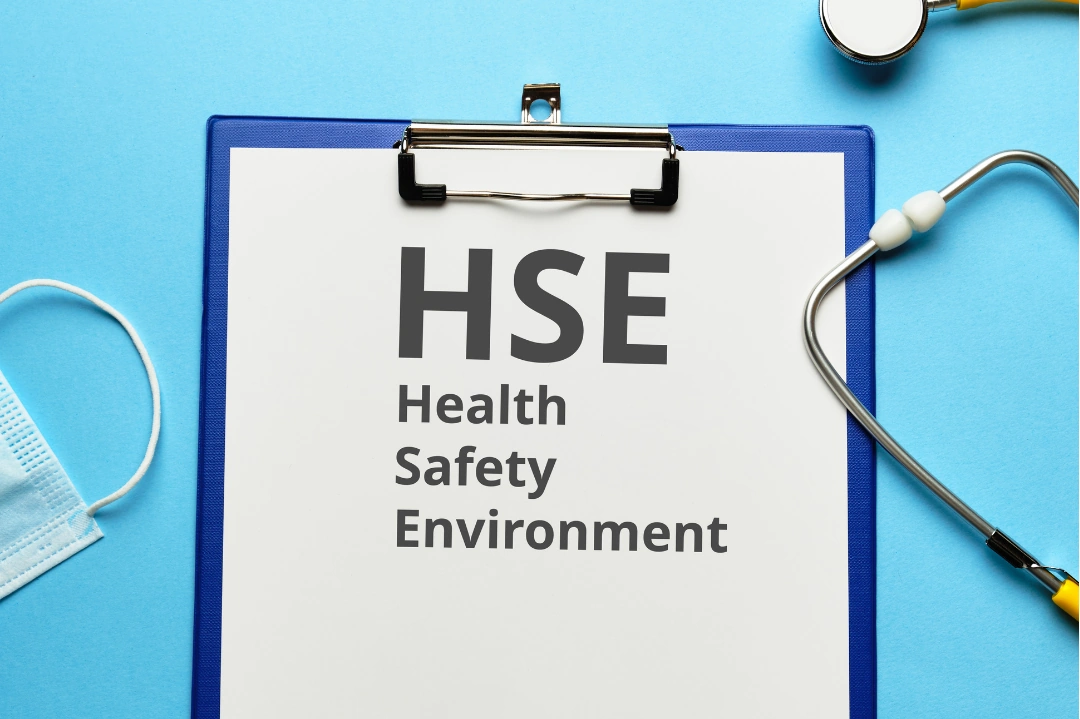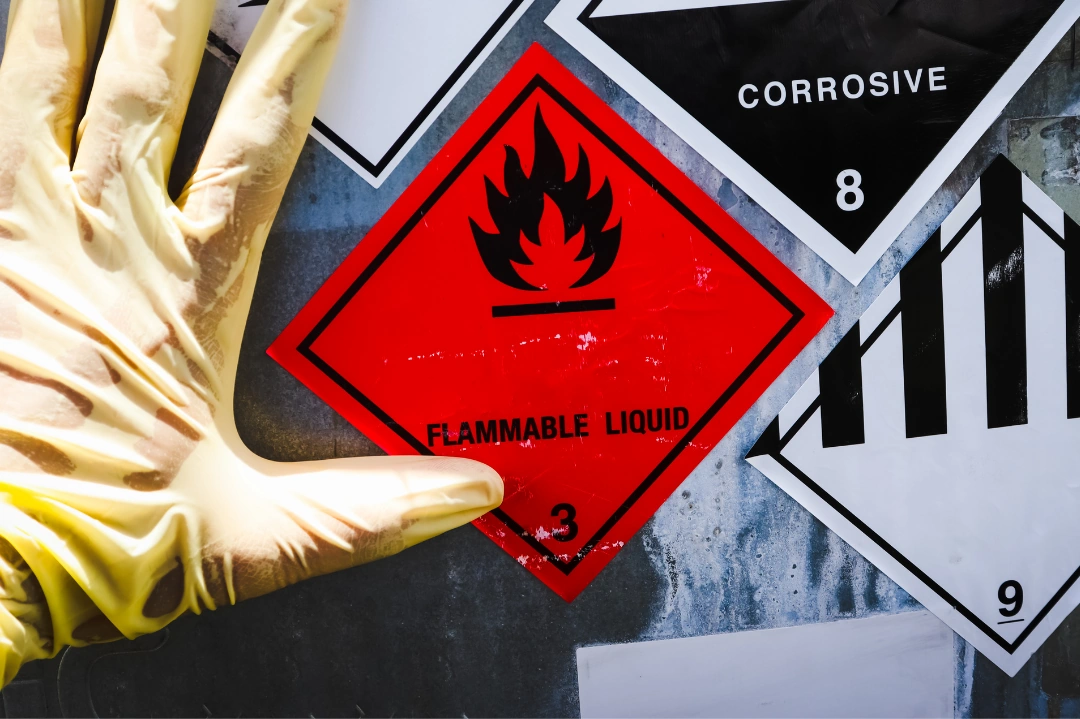
Health, Safety, And Environment: HSE Practices For Protecting Employees And The Environment
Health, Safety, and Environment (HSE) principles guide organizations in reducing workplace risks and protecting the natural world. For employers of lone workers in industries like construction, utilities, and field service, HSE strategies provide a foundation for safer, more responsible operations.
Lone workers operate without immediate backup, so every decision carries more weight. By applying HSE best practices, employers can reduce injuries, limit environmental damage, and build a culture of accountability. Explore how this framework strengthens compliance and helps workers manage hazards confidently—whether on job sites, in remote locations, or during independent fieldwork.
What Is HSE And Why Is It Important?
HSE, meaning Health, Safety, and Environment, represents the three pillars that work together to reduce workplace hazards, support employee well-being, and limit harm to the environment. Strong HSE practices are especially valuable for companies employing lone workers. Without a team nearby, one incident can escalate quickly, making proactive safety management required.
- ●
Health focuses on both physical and mental wellness in the workplace. This includes hygienic conditions, access to PPE, injury prevention, and mental health resources.
- ●
Safety involves reducing the risk of accidents and injuries through training, hazard identification, and emergency preparedness.
- ●
Environment addresses how workplace activities affect the environment, including air and water quality, waste management, and regulatory compliance.
Together, these practices reduce incidents, improve working conditions, and build trust across your team, even when employees are working alone or off-site.
Key HSE Regulations For Lone Workers
Employers of lone workers must comply with a range of Health, Safety, and Environment (HSE) regulations designed to prevent workplace injuries and environmental harm. These include national standards such as OSHA requirements in the U.S., as well as industry-specific guidelines addressing chemical exposure, fall prevention, confined space entry, and environmental stewardship.
Regulations require employers to assess risks, provide appropriate personal protective equipment (PPE), and ensure workers can access emergency assistance, even in remote or isolated environments. These rules recognize that lone workers face greater challenges responding to accidents or equipment failures on their own.
Non-compliance can result in steep fines, legal consequences, operational disruptions, and reputational damage. More importantly, it puts workers at serious risk. Following HSE regulations demonstrates a company’s commitment to safety and helps build trust among employees, clients, and regulators alike.
Risk Assessment And Management
Risk assessments form the foundation of HSE compliance. Employers must identify hazards specific to each lone worker’s duties and environment, from mechanical equipment to exposure to heat, chemicals, or noise.
The process involves:
- ●
Evaluating the severity and likelihood of each risk
- ●
Documenting findings
- ●
Implementing controls to reduce exposure
Risk management strategies may include job rotation, equipment upgrades, or installing sensors to monitor conditions. Digital tools like mobile apps and wearable devices help employers gather real-time data, enabling faster decisions and better protection.
Training And Education
Lone workers need more than just basic safety training. They must understand how to operate independently, recognize early warning signs of danger, and react appropriately without backup.
Training programs may include:
- ●
Hazard recognition
- ●
Emergency response
- ●
Equipment use
- ●
Environmental protection procedures
Ongoing education keeps workers informed about updated protocols, new technology, and changing regulations. Refresher sessions, hands-on simulations, and digital modules all contribute to a stronger safety culture and more confident, capable employees.
Implementing Safety Measures For Lone Workers
Lone workers often face unpredictable environments without backup. Implementing effective safety measures helps reduce risk and creates a system of accountability and support. Employers must go beyond general protocols and provide practical tools that lone workers can rely on in real time. These measures should reflect the specific conditions and challenges of each role, from maintenance and inspection to fieldwork and transport.
Strong safety planning also reinforces company culture. When workers see consistent investments in their protection, they are more likely to follow procedures and report issues early. This two-way commitment helps reduce incidents, increase trust, and maintain compliance with HSE requirements.
Communication Tools And Emergency Protocols
Staying connected is necessary. Without regular check-ins or access to help, a small delay can become dangerous. To support lone workers, employers should:
- ●
Use two-way radios, check-in apps, or satellite phones in remote areas.
- ●
Establish mandatory check-in times and escalation procedures.
- ●
Provide workers with clear instructions for emergencies and evacuations.
- ●
Ensure devices have strong signal coverage or backup power when needed.
These systems promote faster response and help supervisors locate and assist employees when needed. Test communication protocols regularly and review them for gaps, especially in dynamic or hazardous environments.
Safety Equipment And Technology
The right gear prevents injuries and gives workers more control. Depending on the job, essential equipment may include:
- ●
Personal alarms or wearables with GPS tracking
- ●
Hazard-specific PPE, like respirators, gloves, or protective eyewear
- ●
Portable safety kits and fire extinguishers
- ●
Environmental sensors that detect gas leaks, temperature changes, or low oxygen levels
Technology and equipment aren’t optional—they act as a lifeline when workers are isolated and must respond quickly.
Creating A Safety-First Culture
A safety-first culture shapes how teams think, act, and respond on the job. For lone workers, this mindset matters even more. When safety becomes part of daily routines and leadership decisions, employees are more likely to follow protocols and speak up about potential risks.
Engaging Employees In Safety Practices
Lone workers must feel empowered to prioritize their own safety, not just follow rules. Employers can support this by:
- ●
Involving employees in creating safety procedures
- ●
Encouraging hazard reporting without fear of punishment
- ●
Recognizing workers who model strong safety behaviors
This engagement turns safety from a top-down directive into a shared responsibility.
The Role Of Leadership
Leaders drive cultural change. When supervisors and managers take safety seriously, others follow. Strong leadership looks like:
- ●
Providing consistent training and resources
- ●
Conducting safety walk-throughs and check-ins
- ●
Holding everyone accountable, from new hires to senior staff
By leading with action and consistency, employers build trust and reinforce the message that safety isn’t optional—it’s part of the job.
Make HSE A Daily Practice, Not A Policy
HSE practices protect both people and the planet. For employers of lone workers, staying compliant means more than checking boxes; it means actively reducing risks and supporting employee well-being. By prioritizing training, safety equipment, and a culture of accountability, companies can create safer, more resilient workplaces across every industry.
Read More From the Lone Worker Blog
How to Choose a Lone Worker Safety Solution for Remote Lone Workers

Remote lone workers operate in unique environments where immediate assistance isn’t readily available.
Read MoreHow To Assess Safety Hazard Risks

Employers of lone workers face the unique challenge of ensuring safety in isolated conditions. Assessing safety hazards is more than just a legal requirement. It’s a significant step toward creating a secure and efficient workplace.
Read More


